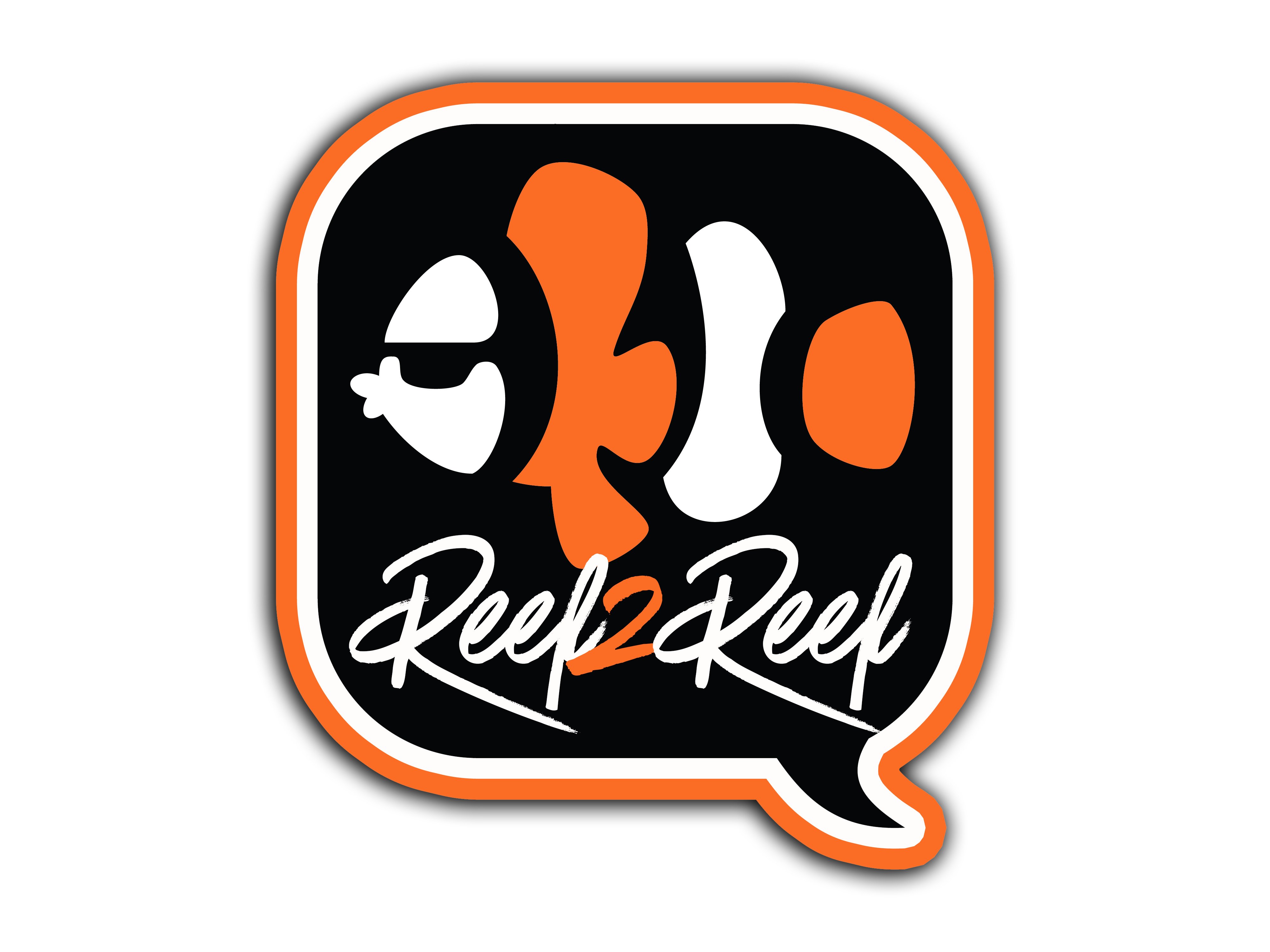- Joined
- Aug 24, 2016
- Messages
- 1,740
- Reaction score
- 2,688
Reading through this thread I again saw that many reef aquarists have the image that everything is generally known and everything is under control. This image is far away from truth.
The numbers of trace elements concentrations in the oceans that are generally available are not the full image. Manganese Mn is one of the best examples. If you go to the Periodic Table of Elements in the Ocean and there to manganese, you will get this information, average concentration is 360 pmol/kg which is 19.76 ng/kg or 0.02 µg/kg or ppb and
"Distribution in ocean
Dissolved manganese has a modified, scavenged vertical profile. Concentrations are high at the surface and they decrease with depth as dissolved Mn2+ is sorbed onto sinking particles and removed to the sediment (data). If low oxygen concentrations are present, as in the North Pacific, then a subsurface maximum appears due to a slower removal rate (Johnson et al.,1996). A major source of manganese to surface waters is dust deposition and this produces great variability in surface manganese."
The map linked under "variability" shows that the concentrations near continental coasts are up to 25 nmol/kg or 1.37 µg/kg in Atlantic surface waters.
More relevant for us are the concentrations in the western equatorial Pacific with surface Mn concentrations between 0.27 and 0.05 µg/kg, which means above the "average concentration in the oceans". The article also shows, salinity is closer to 34 PSU than to 35 PSU over wide parts of equatorial Pacific surface waters. This is due to precipitation being higher than evaporation.
Since Fe and Mn are introduced mainly by rivers and as dust by winds there is to expect not only a spatial but also a temporal variation of concentrations with rainy seasons and seasonal winds.
This all shows for a number of transition metals with scavenged or nutrient-like profiles there are no hard numbers to base on but rather a range that might span one or two orders of magnitude even in surface waters, where our corals and fish come from.
In the salts used for reef aquaria, 99 to 100 % of iron and manganese are introduced as impurities of raw materials, which cannot be avoided completely with any affordable quality grade, or as additives. Higher quality raw materials will have much less impurities than technical grades but all quality grades may carry more or less defined, again depending on quality grade, concentrations of impurities.
And we have not yet come to the point which concentrations are best or which target concentrations we should aim for, see also this thread.
The numbers of trace elements concentrations in the oceans that are generally available are not the full image. Manganese Mn is one of the best examples. If you go to the Periodic Table of Elements in the Ocean and there to manganese, you will get this information, average concentration is 360 pmol/kg which is 19.76 ng/kg or 0.02 µg/kg or ppb and
"Distribution in ocean
Dissolved manganese has a modified, scavenged vertical profile. Concentrations are high at the surface and they decrease with depth as dissolved Mn2+ is sorbed onto sinking particles and removed to the sediment (data). If low oxygen concentrations are present, as in the North Pacific, then a subsurface maximum appears due to a slower removal rate (Johnson et al.,1996). A major source of manganese to surface waters is dust deposition and this produces great variability in surface manganese."
The map linked under "variability" shows that the concentrations near continental coasts are up to 25 nmol/kg or 1.37 µg/kg in Atlantic surface waters.
More relevant for us are the concentrations in the western equatorial Pacific with surface Mn concentrations between 0.27 and 0.05 µg/kg, which means above the "average concentration in the oceans". The article also shows, salinity is closer to 34 PSU than to 35 PSU over wide parts of equatorial Pacific surface waters. This is due to precipitation being higher than evaporation.
Since Fe and Mn are introduced mainly by rivers and as dust by winds there is to expect not only a spatial but also a temporal variation of concentrations with rainy seasons and seasonal winds.
This all shows for a number of transition metals with scavenged or nutrient-like profiles there are no hard numbers to base on but rather a range that might span one or two orders of magnitude even in surface waters, where our corals and fish come from.
In the salts used for reef aquaria, 99 to 100 % of iron and manganese are introduced as impurities of raw materials, which cannot be avoided completely with any affordable quality grade, or as additives. Higher quality raw materials will have much less impurities than technical grades but all quality grades may carry more or less defined, again depending on quality grade, concentrations of impurities.
And we have not yet come to the point which concentrations are best or which target concentrations we should aim for, see also this thread.
Last edited:














